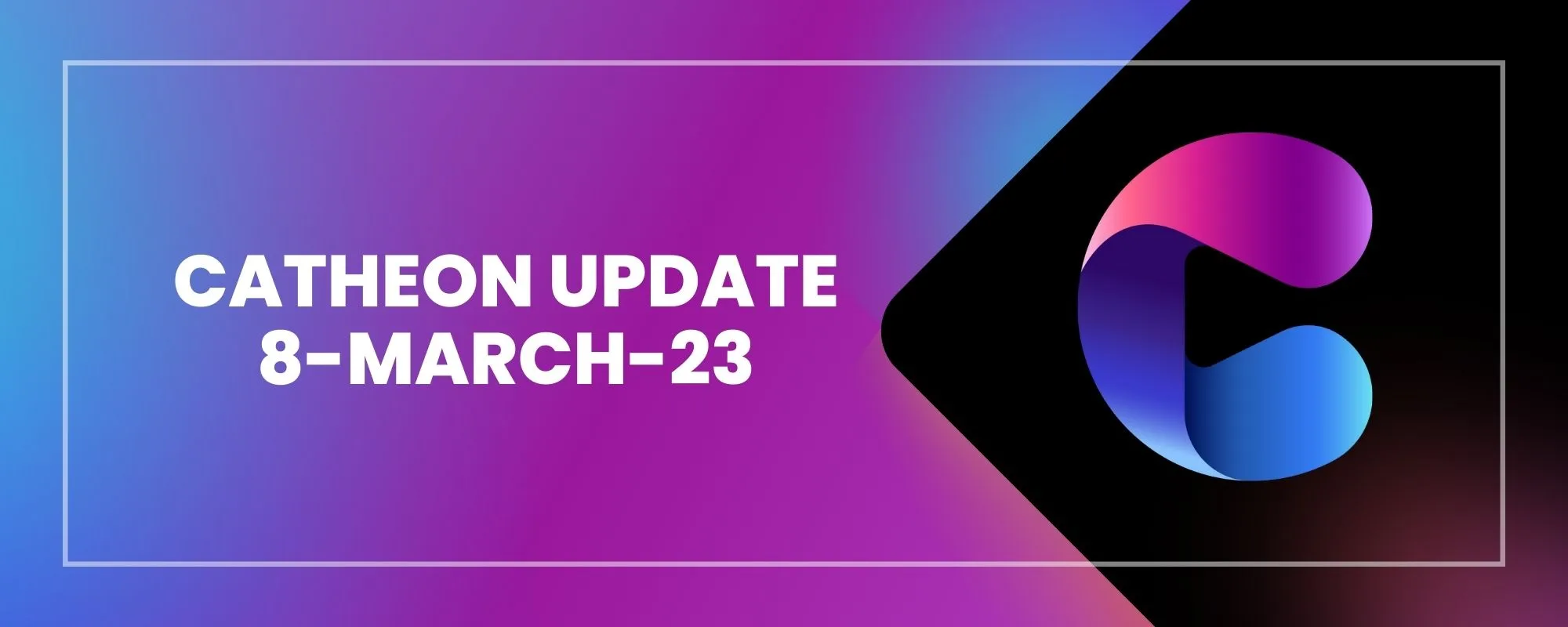In this bi-weekly update, we would like to quickly share our progress from our business development team, who have expanded our partnerships from 37 to 77 interested companies, developers, or developer studios. 12 of these partnerships have developed into advanced discussions with Catheon Gaming, which is a positive sign for the company’s business prospects.
Beyond the business development side of things, we would also like to provide updates on the integration of NFT-related blockchain functionalities into Catheon Gaming’s SDK. Our team has been diligently developing backend architecture and API endpoints for in-game NFT functionalities such as minting, burning, and trading. We will delve into the simplified technical details of how these features work and how they can benefit game developers and players.
In-game NFT Minting, Burning and Trading: A New Level of In-game Asset Management enabled on CGC SDK
The following core SDK functionalities have been completed through backend architecture and API endpoints:
- In-game NFT Minting
- In-game NFT Burning
- In-game NFT Trading
In-game NFT Minting
In-game NFT minting involves the creation of a new NFT within the game. Here’s how it works:
- The game sends a request to CGC’s backend.
- CGC’s backend mints the new NFT and stores it in a custodial contract.
- NFTs must be linked to the CGC via the “NFT link dashboard” to be used in the game.
- The “NFT link dashboard” facilitates the transfer of NFTs from the user’s non-custodial wallet to the game’s custodial contract.
- NFTs must be “unlinked” from the CGC before they can be withdrawn or listed in the secondary marketplace outside the game.
In-game NFT Burning
In-game NFT burning enables players to destroy an existing NFT within the game. Here’s how it works:
- The game sends a request to CGC’s backend.
- CGC’s backend checks if the NFT exists in the custodial contract.
- CGC’s backend transfers the NFT to the appropriate burn contract for the corresponding chain.
In-game NFT Trading
In-game NFT trading allows players to exchange an NFT for in-game currency. Here’s how it works:
- Players can trade an NFT for in-game currency.
- The game sends a request to CGC’s backend for the transfer of the NFT.
- The transfer occurs on-chain.
- The game sends a request to CGC’s backend to update the change in in-game currency values for the players involved in the trade.
For an overview of the CGC SDK, please refer to https://docs.catheongaming.com
We are pleased to announce the completion of the backend architecture and API endpoints for the in-game NFT functionalities of minting, burning, and trading. While this is a significant milestone for CGC and its SDK, we want our readers to know that ongoing work on the tech stack is necessary to continue delivering high-quality, innovative solutions for game developers and players. We remain committed to advancing the state of play in the gaming industry through research and development, and we look forward to sharing more updates with you as our work progresses. Thank you for your continued support as we push the boundaries of what’s possible with NFTs and gaming.
About Catheon Gaming
Catheon Gaming is the fastest-growing integrated blockchain gaming and entertainment company globally, with a portfolio of over 20 games as of 10 June 2022. The company’s flagship franchise, SolChicks, entered the market following successful fundraising from various venture capital investors, institutions, and launchpad partners. The company brings technical, gaming, and marketing expertise together with deep roots in the blockchain industry. The company’s strategy is to partner with leading game developers and IP-holders to incubate and launch “best-in-class” blockchain games and bring them to the widest possible audience.





